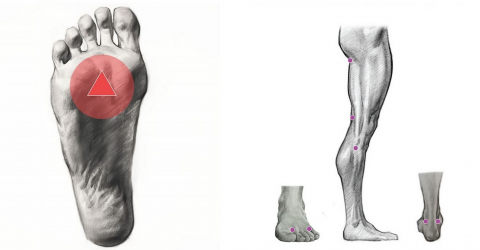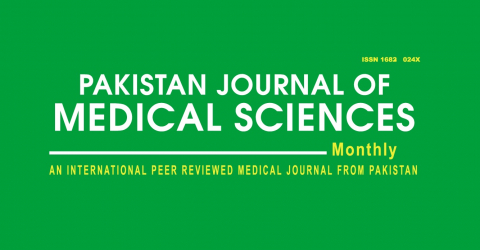MLS® Laser Therapy, Schroth Therapy and Scoliosis: a study confirms a rapid and effective treatment
"Observation on the therapeutic effect of laser acupuncture combined with Schroth therapy on adolescent idiopathic scoliosis" – Wang, Z., Lu, L., & Wang, L. (2024) – was recently published in the Pakistan Journal of Medical Sciences.
The scientific paper demonstrated the effectiveness of the combination of MLS® Laser Therapy in laser puncture mode with Schroth therapy in the treatment of adolescent idiopathic scoliosis (AIS).
AIS: what is it?
AIS is the most common form of scoliosis in adolescents, characterised by an abnormal curvature of the spine, and current treatments mainly aim to manage the symptoms and to slow the progression of the disease.
This research is the first to investigate the impact of MLS® Laser Therapy in laser puncture mode on scoliosis, representing a significant contribution to the field of functional recovery.
The scientific study
The study involved 80 patients with AIS divided into two groups: one received both MLS® Laser Therapy and Schroth therapy, while the other received Schroth therapy only.
Key parameters were measured, including:
- the Cobb angle (which reflects spinal curvature)
- axial trunk rotation (ATR)
- musculoskeletal stiffness
- gait parameters
with assessments carried out at baseline, 6 months and 12 months.
Results: a 360° improvement
The results are absolutely remarkable:
- patients in the experimental group showed significantly greater improvements in the Cobb angle and the ATR compared to the control group, with the added benefit of accelerated therapeutic results (Figure 1).
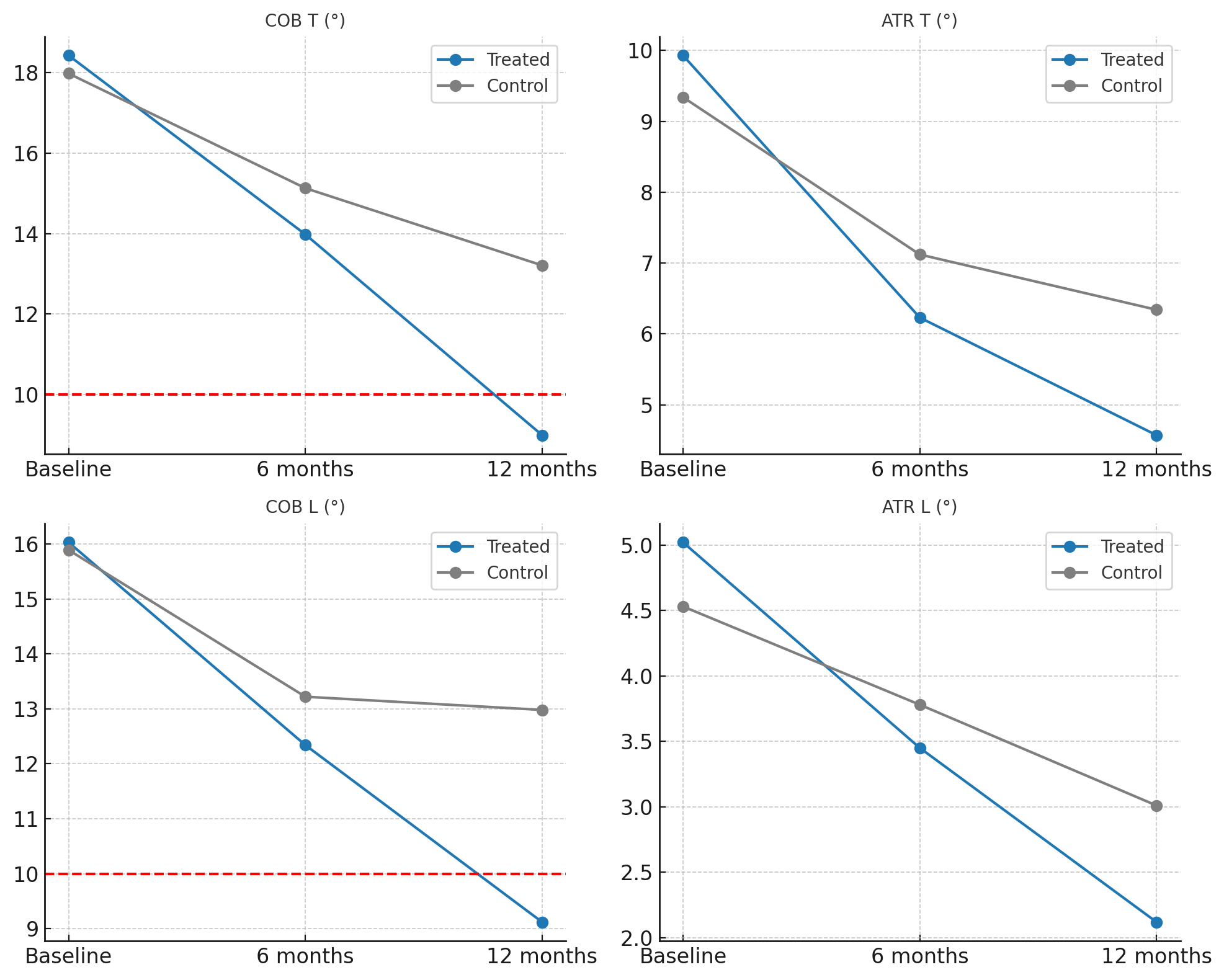
- The experimental group achieved the same level of scoliosis improvement in 6 months, which typically takes 12 months with Schroth therapy alone.
- In addition, patients in the combined therapy group also experienced improved spinal and gait mobility (Figure 2), as well as a significant reduction in musculoskeletal stiffness (Figure 3).
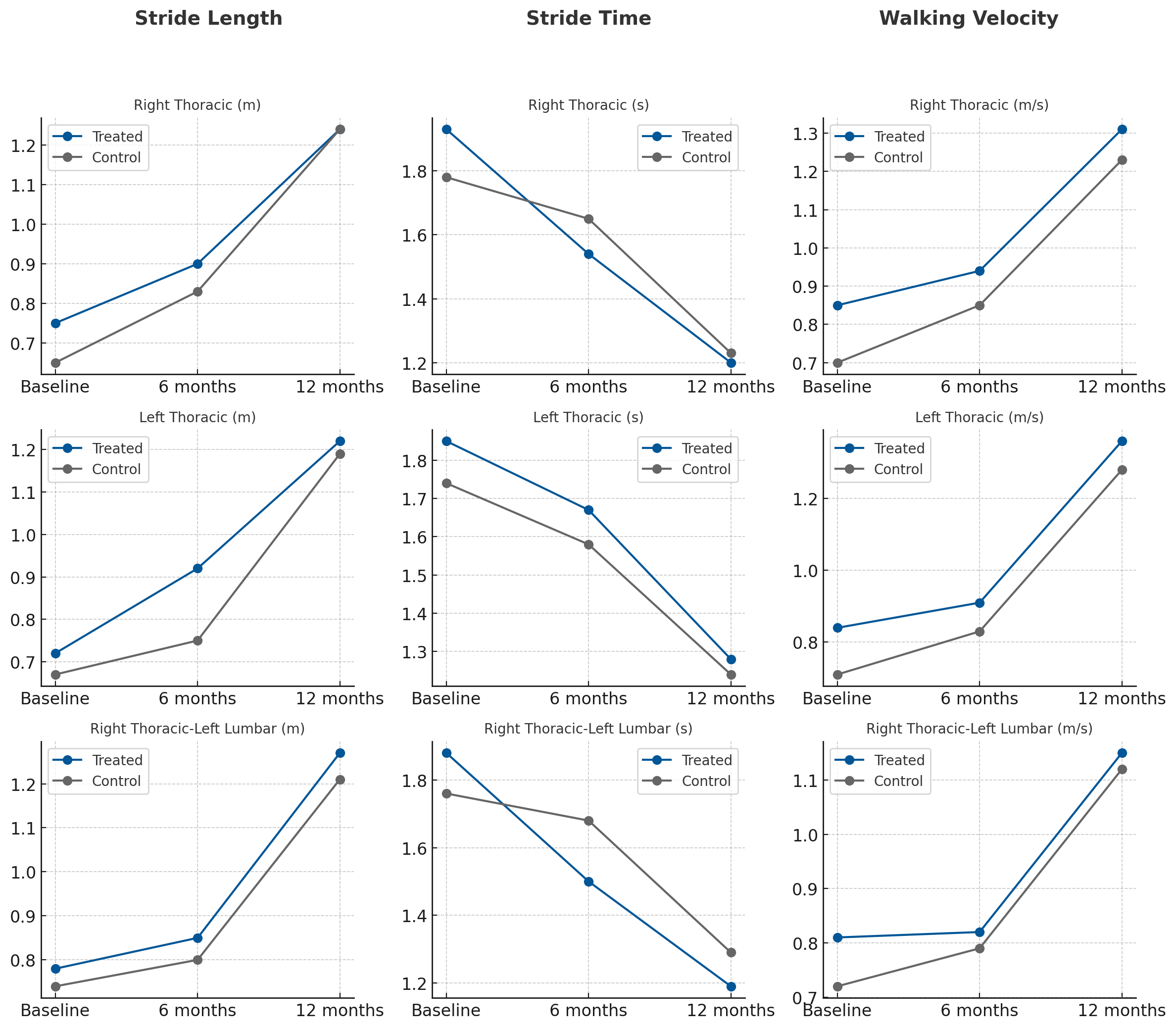

After 12 months of treatment, overall efficacy improved significantly compared to 6 months, with rates of 77.5% in the control group and of 95% in the treatment group, showing a statistically significant difference between them (Figure 4).
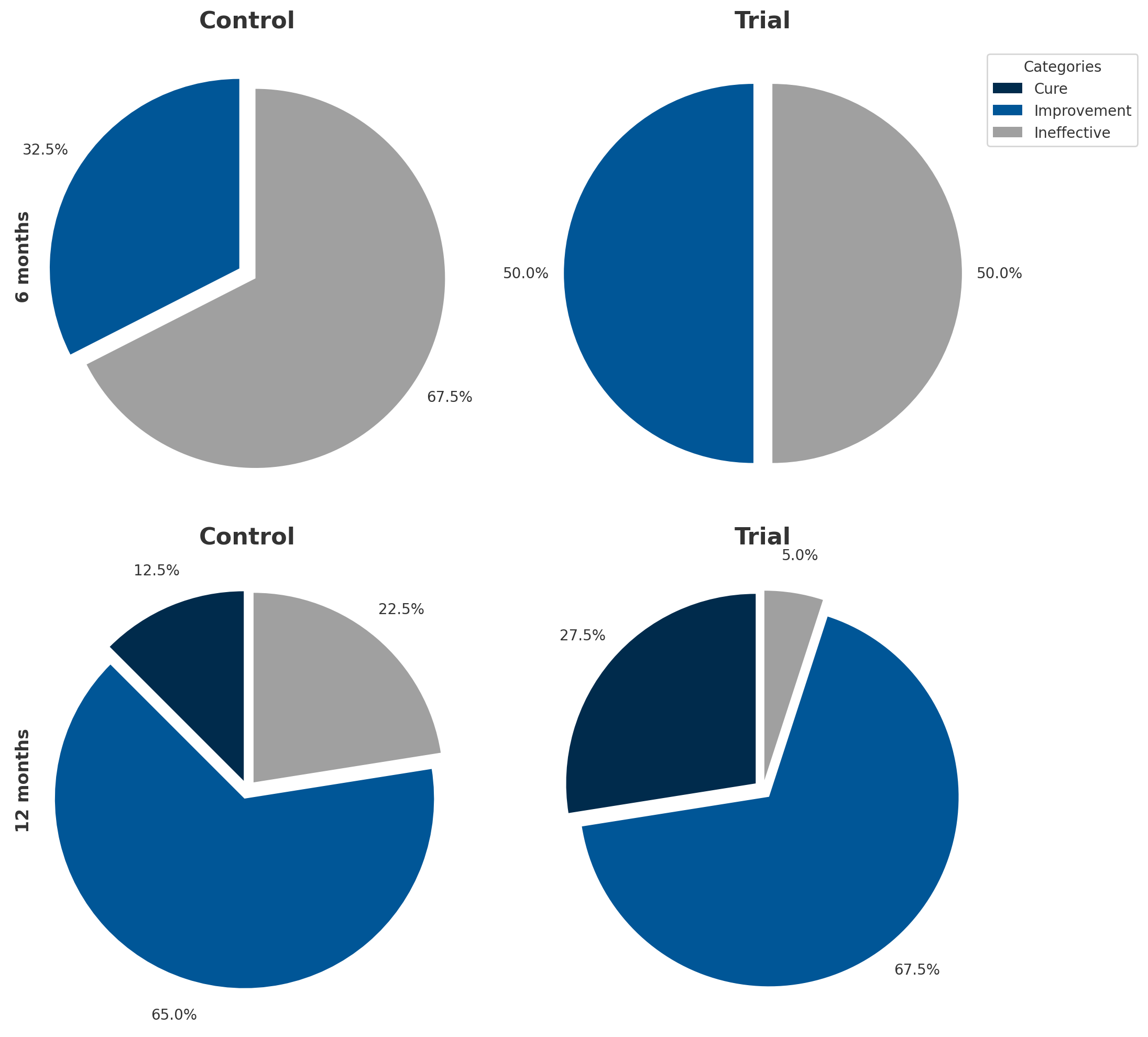
What are the prospects for the treatment of AIS
In conclusion, MLS® Laser Therapy in laser puncture mode, combined with Schroth therapy, offers a faster, more effective and non-invasive treatment option for AIS. This innovative approach not only improves the patient outcome, but also offers a safer and more comfortable alternative to traditional treatment methods, highlighting its potential as an effective complement to conventional scoliosis therapy.






